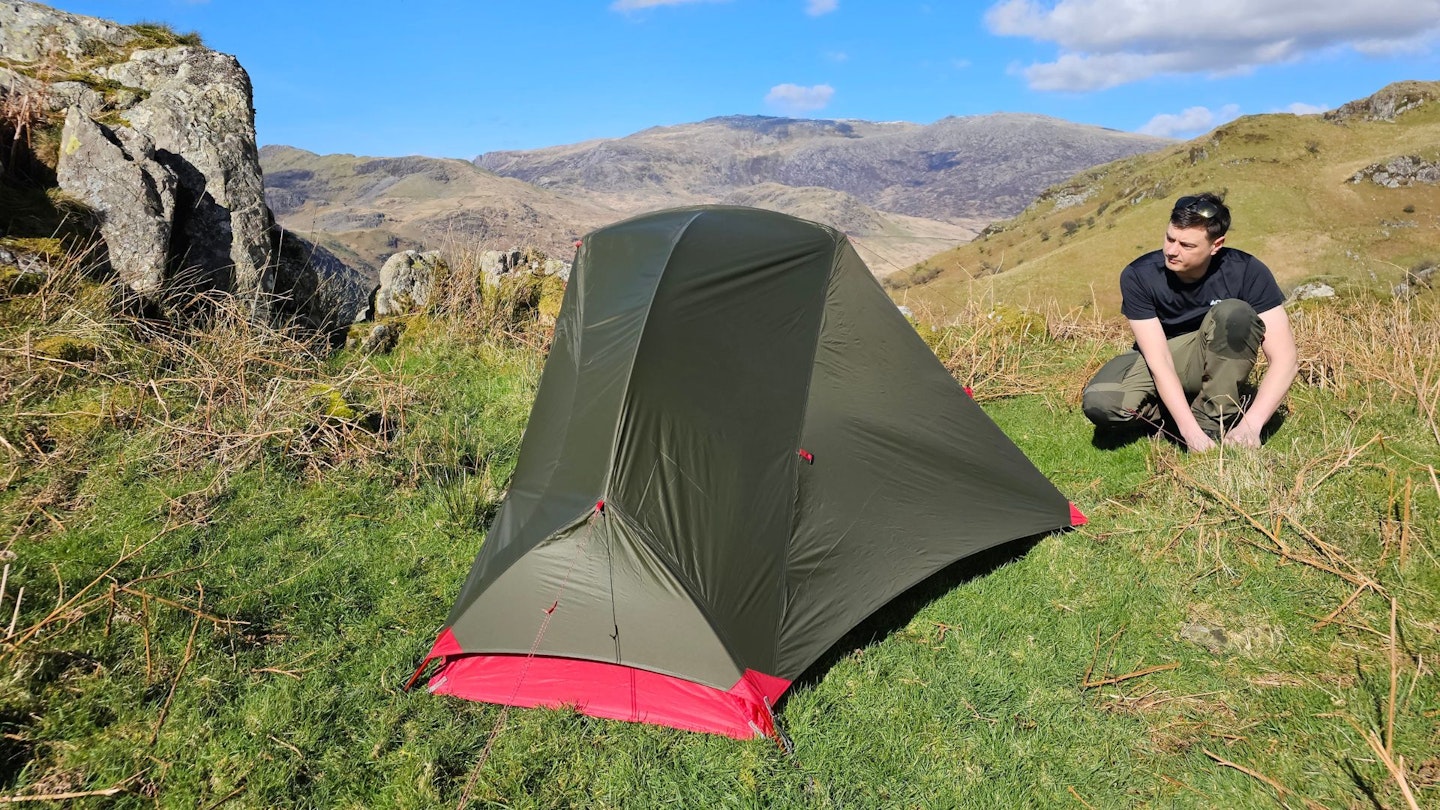At this point, it’s hard to know what to write about the MSR Hubba NX tent that hasn’t already been said by just about every Trail or LFTO writer down the years.
Backpackers on both sides of the Atlantic just seem to love this particular tent, especially since it seems to get incrementally better with each generation. Originally released in 2004, the basic design remains unchanged, but has been tweaked and upgraded over the decades with iterative generations (of which there are now six, by the way, and counting).
In fact, it would be no exaggeration to say that when it comes to lightweight solo tents for backpacking and wild camping, MSR’s Hubba NX is a true modern classic. The freestanding design is impressively lightweight, with a compact packed size that’ll happily fit in most rucksacks.
It’s easy to pitch and sturdy enough for 3-season camping, while the tent’s symmetrical geometry and non-tapered floor maximise interior space.
All of this ensures it’s a pleasant and comfortable space to rest, recuperate and recover after a hard day’s adventuring, whether you’re walking a long-distance trail or wild camping in the hills and mountains.
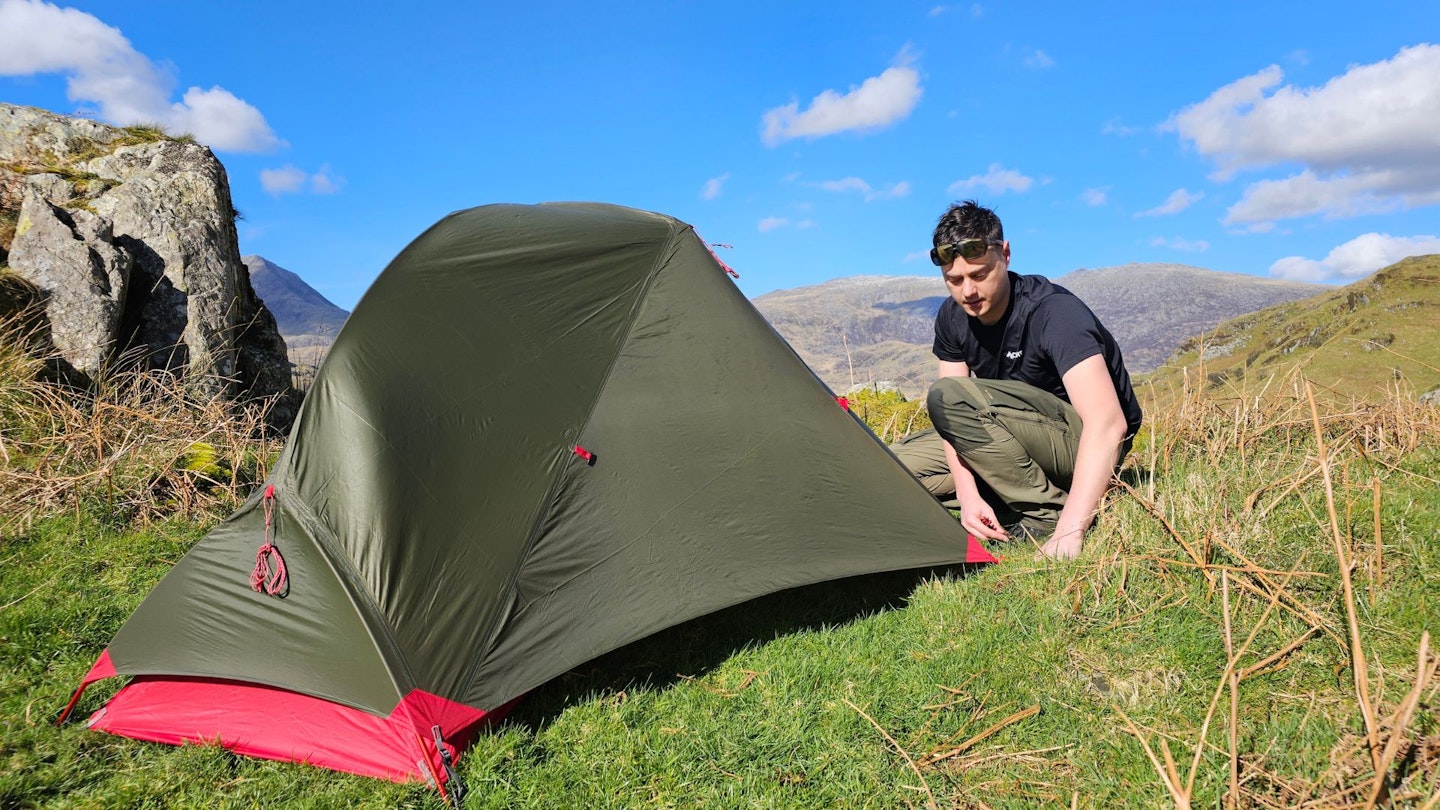 LFTO
LFTOwww.ellis-brigham.com
Pros
- Lightweight
- Quick and easy to pitch
- Great interior space
- Large vestibule
Cons
- Some rival tents pack down a little smaller
- Not the cheapest
- Pitches inner first
| Type | Freestanding |
| Weight | 1.12kg |
| Packed size | 46 x 15cm |
| Doors | 1 |
| Vestibules | 1 |
| Inner | 20D ripstop nylon |
| Fly | Ripstop nylon with Durashield polyurethane (PU) & silicone coating, 1200mm HH |
| Groundsheet | Groundsheet 30D ripstop nylon DuraShield polyurethane and DWR, 3000mm HH |
| Poles | DAC Featherlite NFL |
Design and features
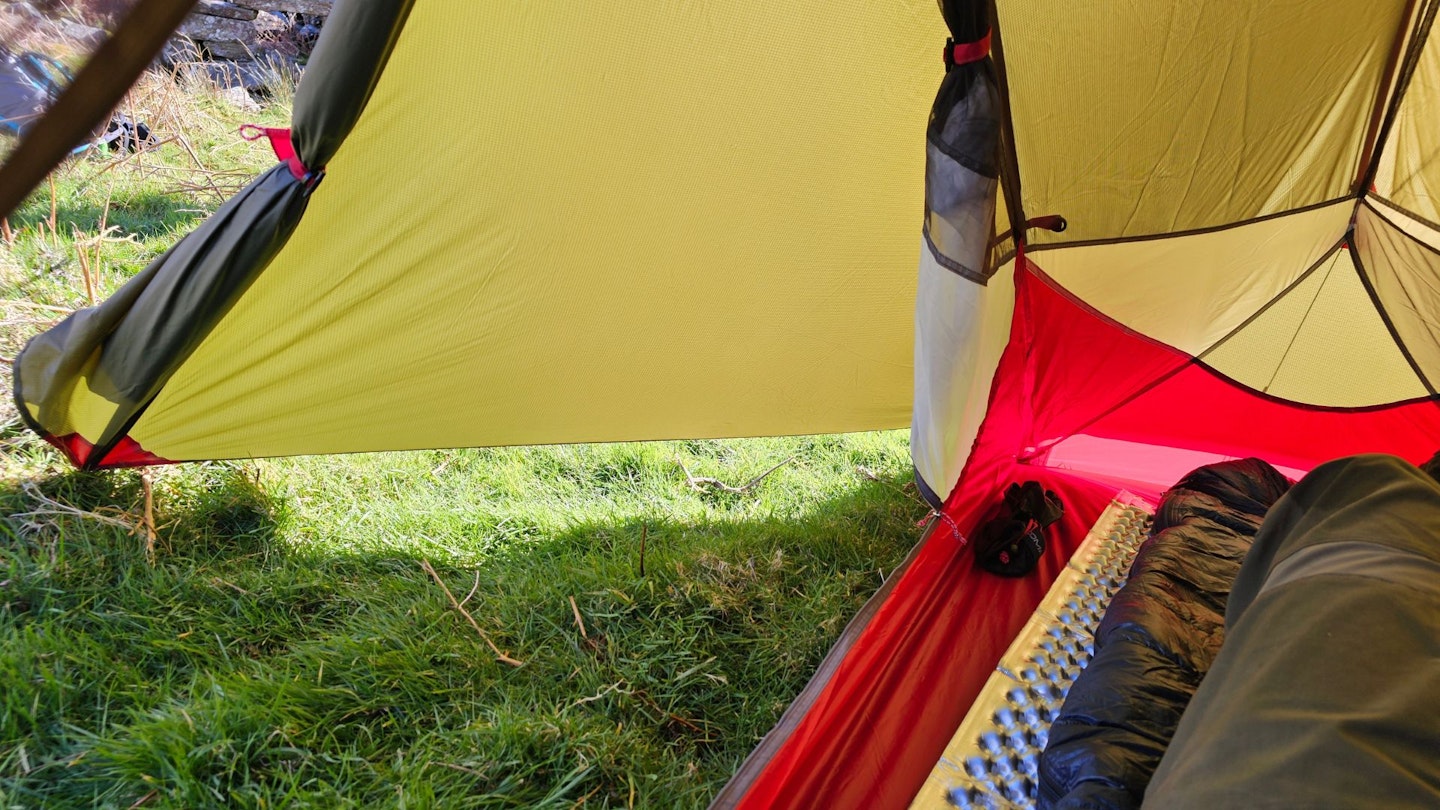
MSR’s Hubba series of lightweight backpacking tents were one of the originators of the game-changing hubbed pole structure (hence the ‘Hubba’ name) when they were first released way back in 2004. Twenty years on, this is still one of the most enduring and popular tent designs on the market.
Currently, there are 1, 2 and 3-person versions of the Hubba (the 4-person model has now been discontinued). All are double-skinned shelters that use the same basic geometry. Space-to-weight increases exponentially as you go up the size range, but even so the Hubba NX solo is still one of the best in its class in this regard. However, in our experience, the smaller size seems to be sturdier, which makes sense, since its more compact proportions mean there’s a smaller area of tent fabric to catch the wind. For this reason, we prefer the Hubba as a solo shelter compared to the Hubba Hubba as either a solo or a two-person shelter, despite the increased dimensions of the latter. Make sense?
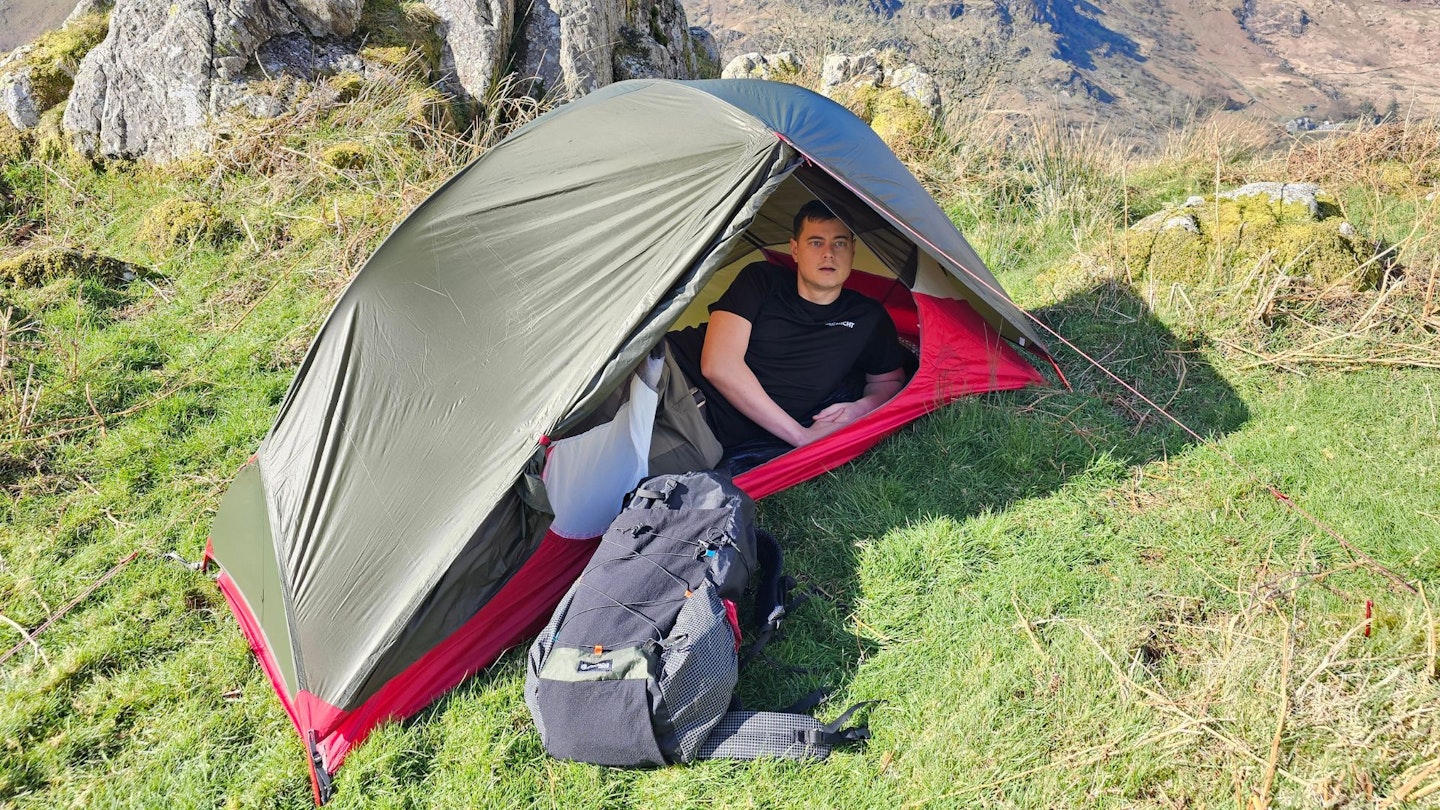
The familiar hubbed pole system has an integrated spreader bar for improved interior headroom. It has a symmetrical rectangular footprint that feels inherently more stable than the tripod designs of rivals like the Sea to Summit Alto TR1 Plus, the EXPED Mira 1 HL or the NEMO Hornet. The MSR also has steep walls at both the head and foot ends, ensuring lots of liveable space. In terms of floor area, it measures 75cm wide by 215cm long. Headroom is just as generous, with an apex height of 92cm. That’s ample space to sit upright, even if you’re over 6ft.

It primarily pitches inner first, using plastic snap clips to attach the inner tent to the pole structure. This is the quickest and easiest method. It’s very intuitive, thanks to the symmetrical poleset – you don’t need to worry about matching corners or colour-coding. However, it is possible to pitch the tent outer first, or even just using the fly in combination with the footprint. This would help to keep the inner tent dry if pitching in the rain – though it’s a bit of a faff.

The inner tent is comprised of fabric and mesh, which offers good ventilation without feeling too draughty. It features two tabs for hanging a gear line or tent lantern plus a mesh storage pocket. Airflow is primarily delivered via a strutted vent in the upper rear wall of the flysheet. You also get a big door for easy entry/exit and an exceedingly generous porch or vestibule area. It’s also slightly better protected than the vestibules of some rival tent designs thanks to a lower-cut flysheet. The practical design means that the inner tent is not exposed to the elements when the flysheet door is unzipped either – a bonus if you need to get out when it’s raining.
Performance
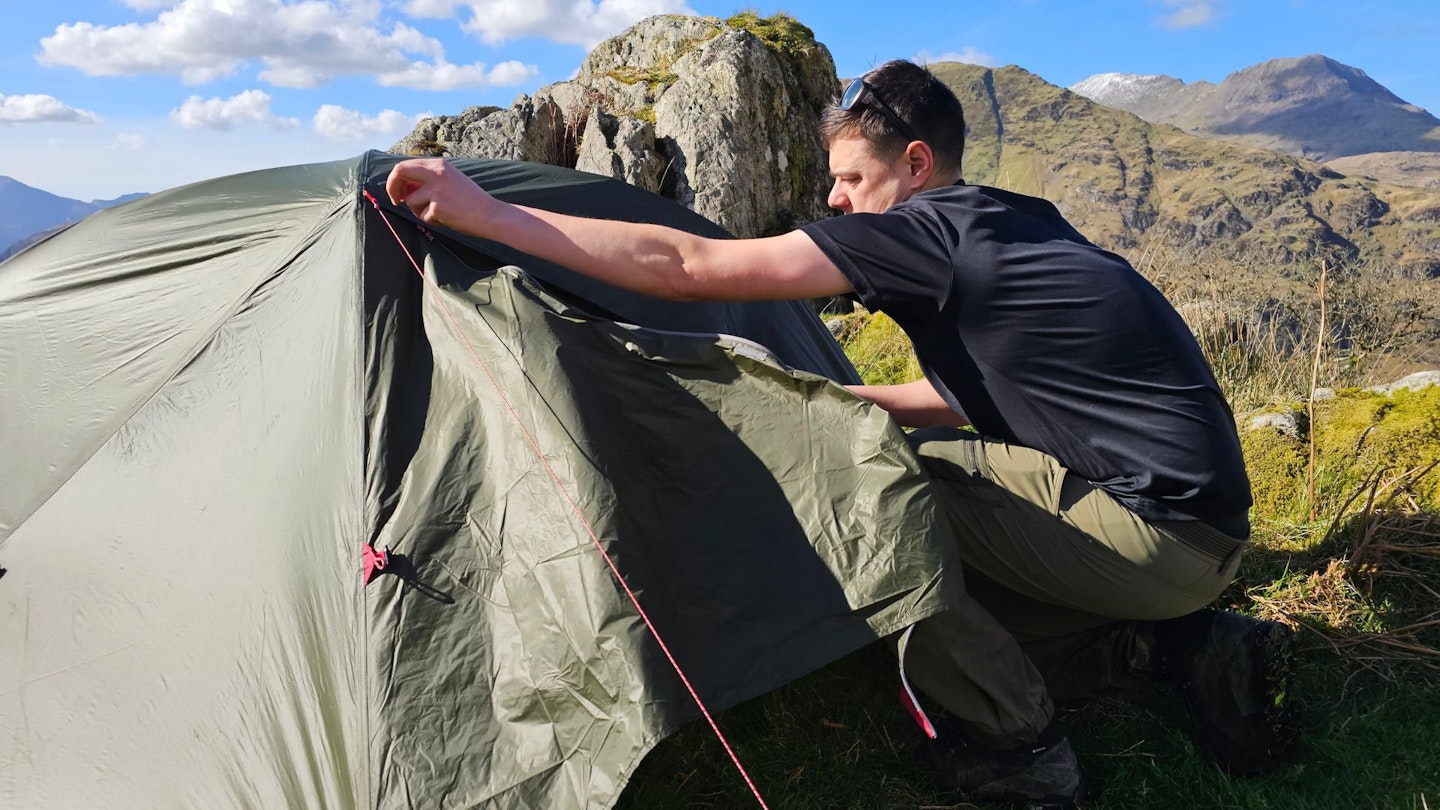
The tent is well-built, with first-rate materials and components. This includes reinforced webbing at all pegging points, with quick adjust buckles and anodised aluminium hardware. The flysheet provides good all-round coverage and the design feels robust and protective enough for three-season use, with four guy lines to keep it securely anchored.
The dark green colour of the flysheet makes the Hubba NX a sensible choice for inconspicuous wild camps, as it is stealthy and unobtrusive. Weight is competitive for a one-person tent, though it’s worth noting that the pack size is a little longer and chunkier than some rivals, which makes the tent a bit trickier to stash in smaller packs. This also limits the tent’s usefulness for bikepackers. Luckily, MSR has recently brought out a bikepack version of the 1P Hubba, which is just 36cm long when packed.
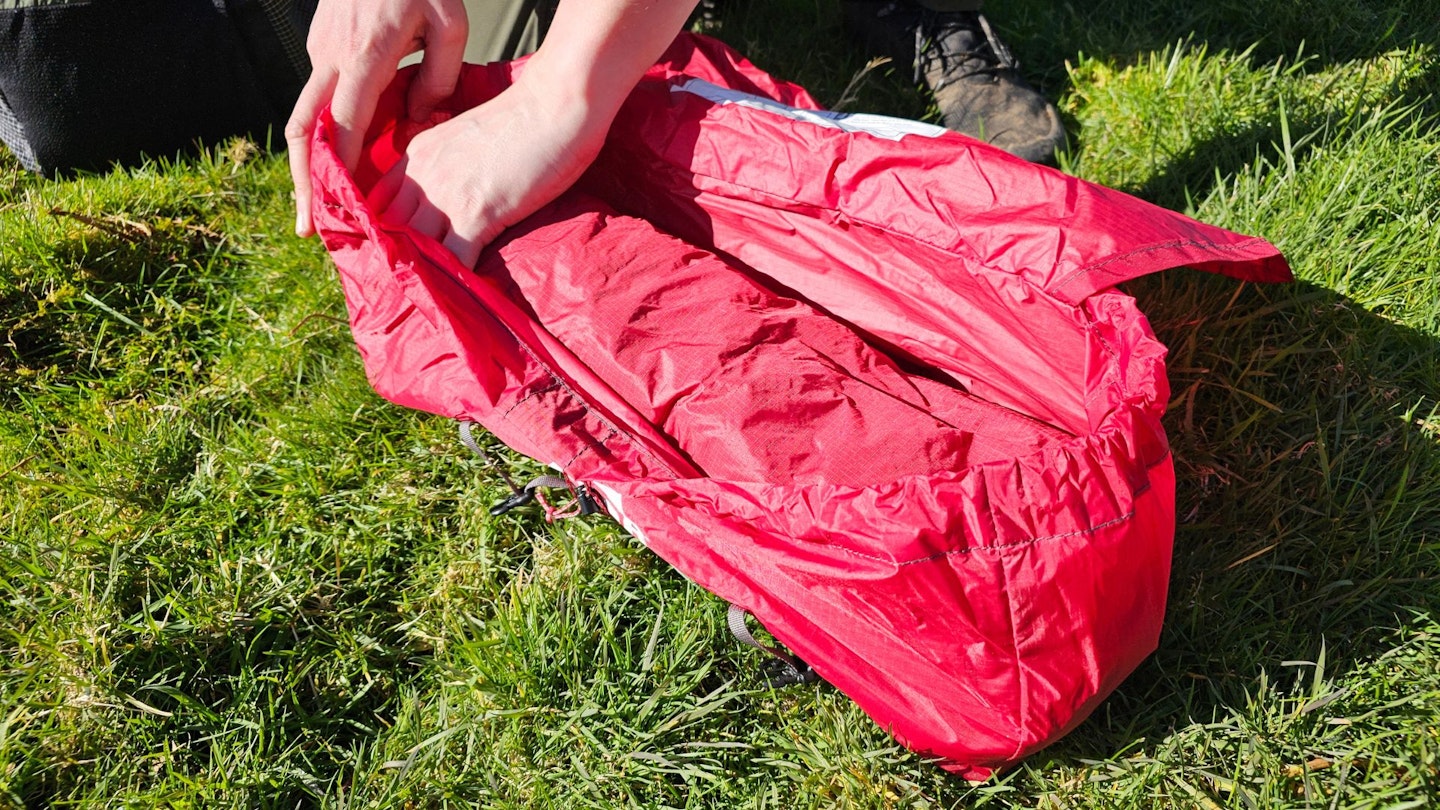
The fabrics are fairly thin, but not as delicate as those used in many rival ultralight solo tents, with a 20-denier ripstop nylon fly and a 30-denier ripstop nylon bathtub groundsheet. The sil-nylon flysheet offers good tear strength for its low weight, especially compared to cheaper polyester, though it does stretch a little in wet conditions. You can also boost the tent’s durability with the addition of MSR’s Universal 1P footprint (sold separately for around £40 and adding an extra 198g in weight).
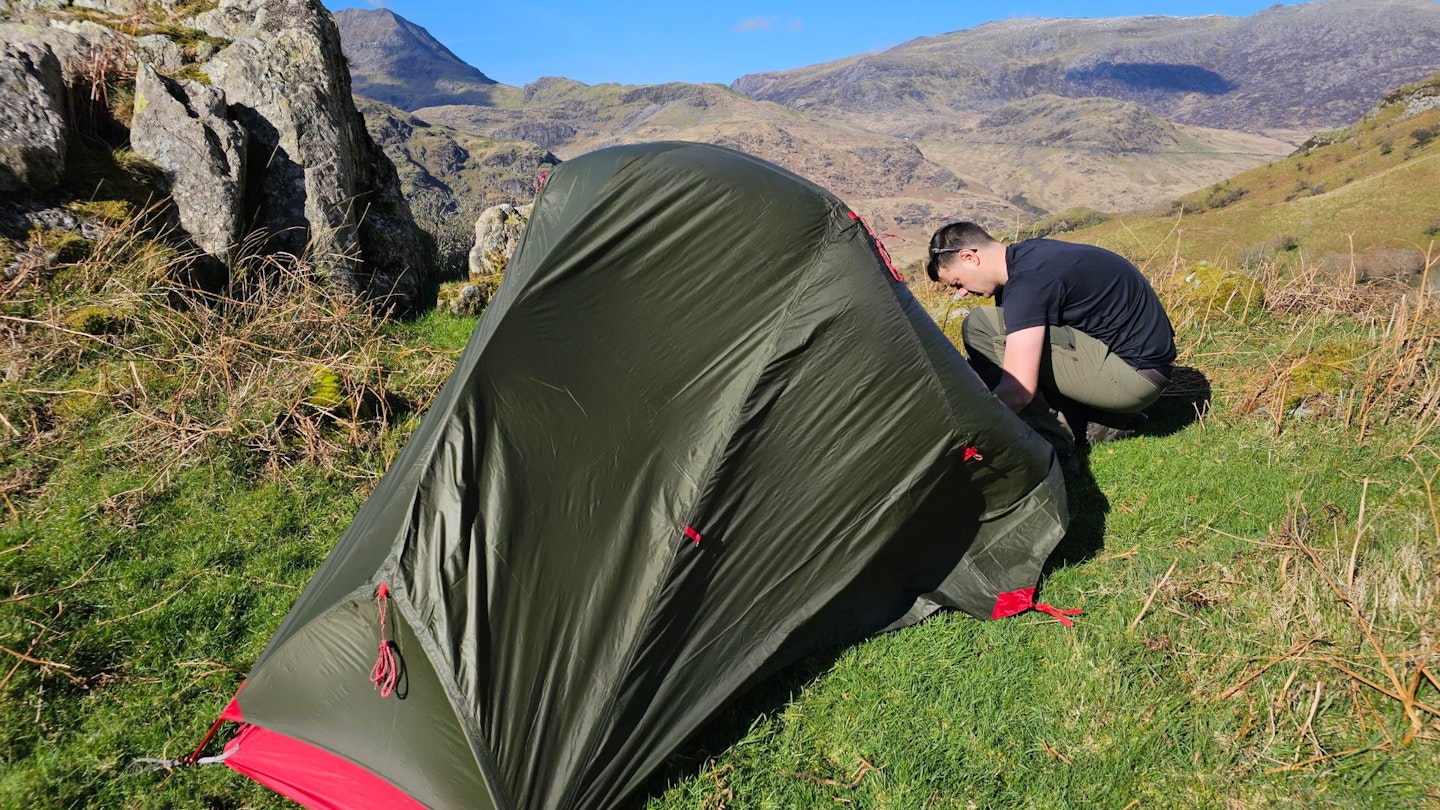
In terms of waterproof ratings, the flysheet has a hydrostatic head of 1,200mm, while the groundsheet has a hydrostatic head of 3,000mm. These are not the highest figures on the market, though superior to some rivals. However, we’ve had a lot of experience with the Hubba over the years and have never experienced issues with the fabrics leaking.
Sustainability
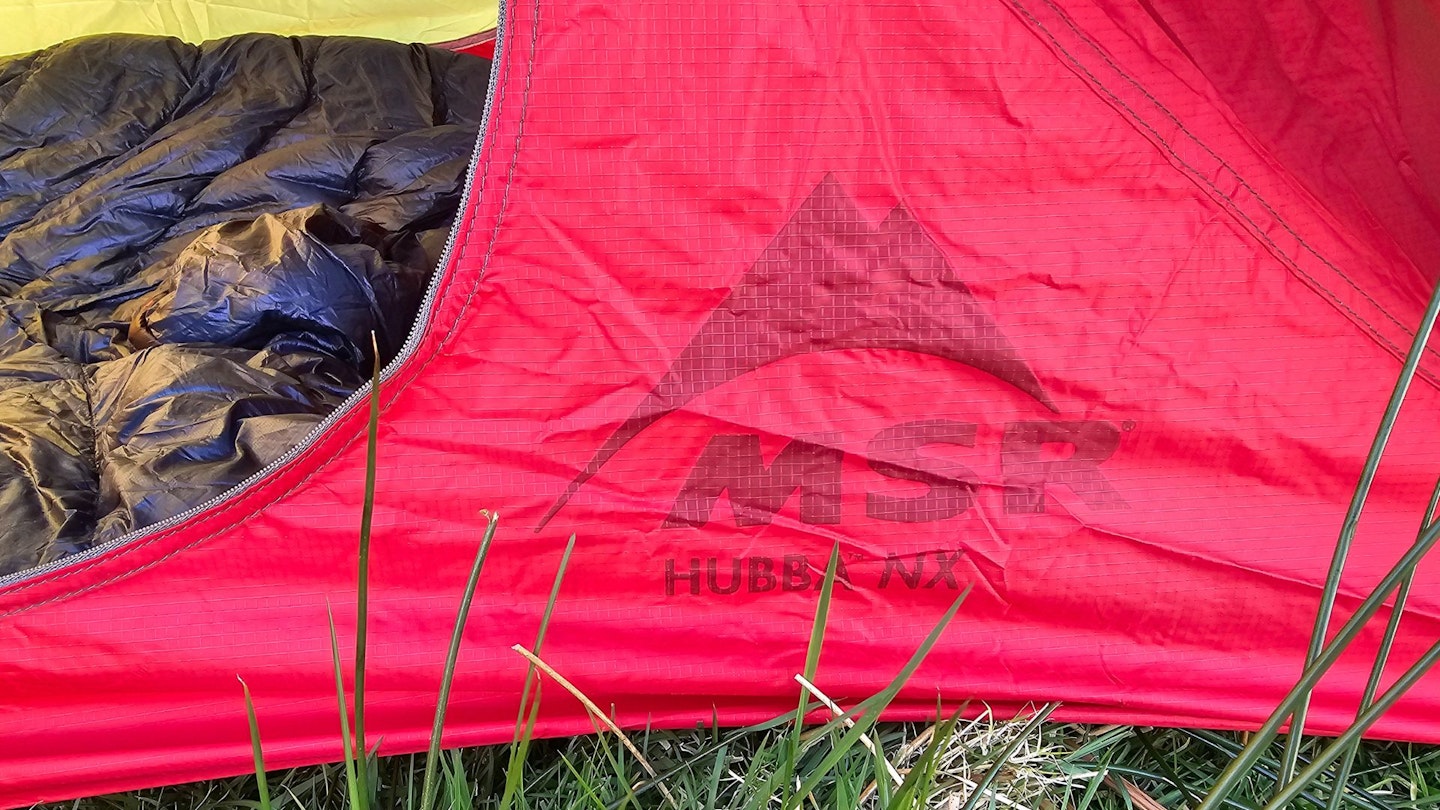
MSR maintains that its first priority in terms of sustainability is to maximise the effective lifespan of all its products. Longevity through durability can be seen as a major element of sustainability practice, and the brand offers both comprehensive warranty and repair services for its tents. However, the Hubba NX contains no recycled fabrics or materials.

The brand does use life cycle assessments and the Higg Index to measure its impact. Founded by the Outdoor Industry Association Sustainability Working Group, the Higg Index is the outdoor industry’s first suite of sustainability measurement tools. The Higg Index isn’t flawless but supposedly enables accurate measure and score of a brand’s products’ sustainability performance. In addition to being one of the founding members of the group that launched this tool, MSR is one of the first hard-good brands to voluntarily use the Higg Index to examine its practices.
Price and competition

With an RRP of £520, this is a premium solo tent. It was the third most expensive option in our 2024 test selection, outpriced only by the Exped Mira 1 HL and the NEMO Hornet Elite OSMO 1. However, as with almost any bit of outdoor kit, shopping around will often result in finding a better deal. The MSR Hubba in particular is so widely distributed that it is often very competitively priced by retailers.
What you get for your money though is an excellent lightweight backpacking tent that delivers tried and tested performance for three-season UK use, along with perhaps the best balance of protection, liveability, weight and packed size on the market.
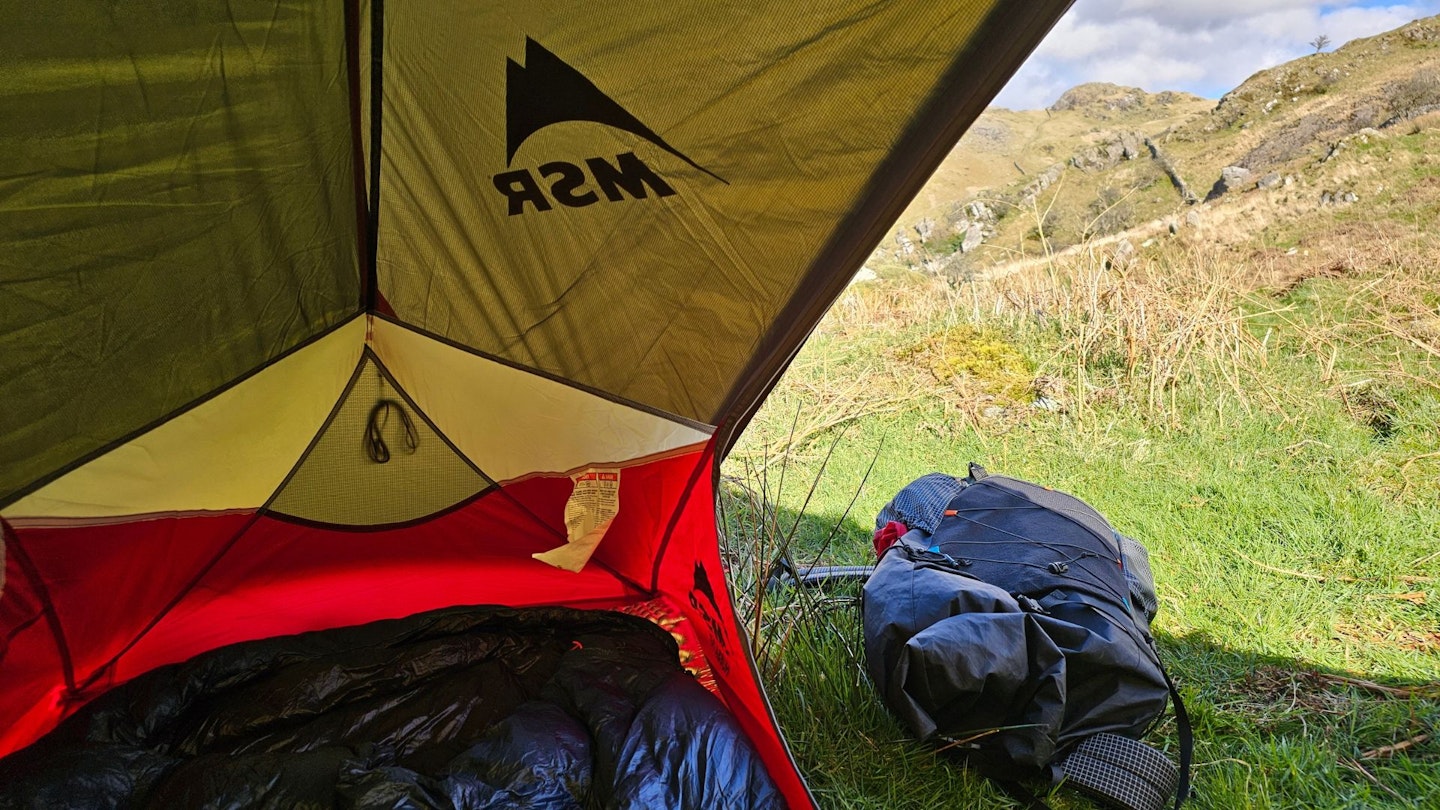
It’s a comparable price to last year’s overall best in test winner in this category, the MSR Freelite 1, but is slightly heavier. On the other hand, it’s also slightly more protective and arguably better suited to camping in mixed weather. If you can’t stretch to either of these models but want to try a tent from the MSR stable, there’s also the Elixir 1, which uses more basic design and materials, but is still a very good tent. Another rival to look at might be the Sea to Summit Alto TR1 Plus – there’s very little to choose between them, though in our opinion the Hubba just shades it.
Verdict
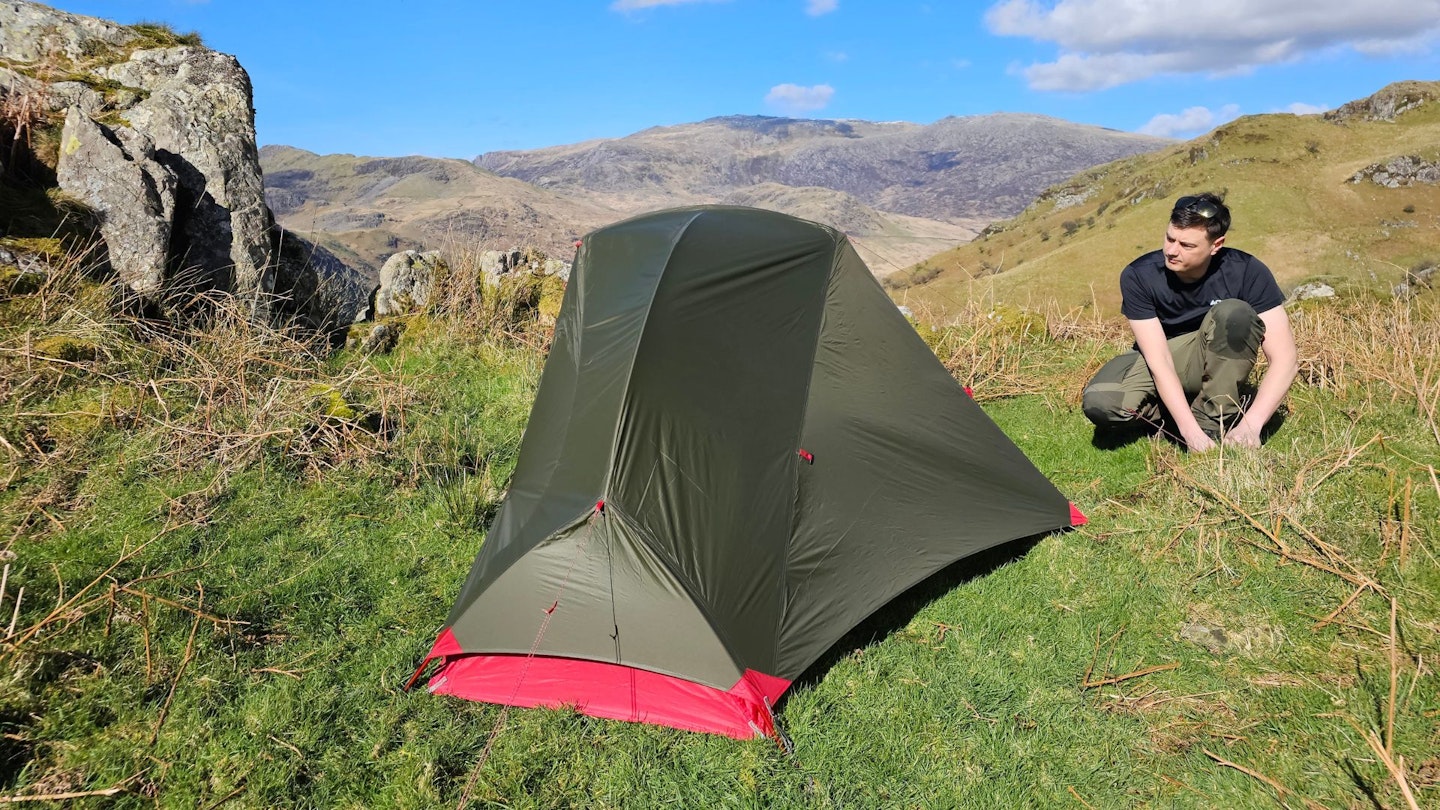
The latest version of the MSR Hubba NX outshines the competition for its near-perfect balance of low weight, generous space and sturdy build. It’s a great choice for three-season camping and backpacking, and only in the coldest and most exposed spots might you want a more robust shelter.
How we tested
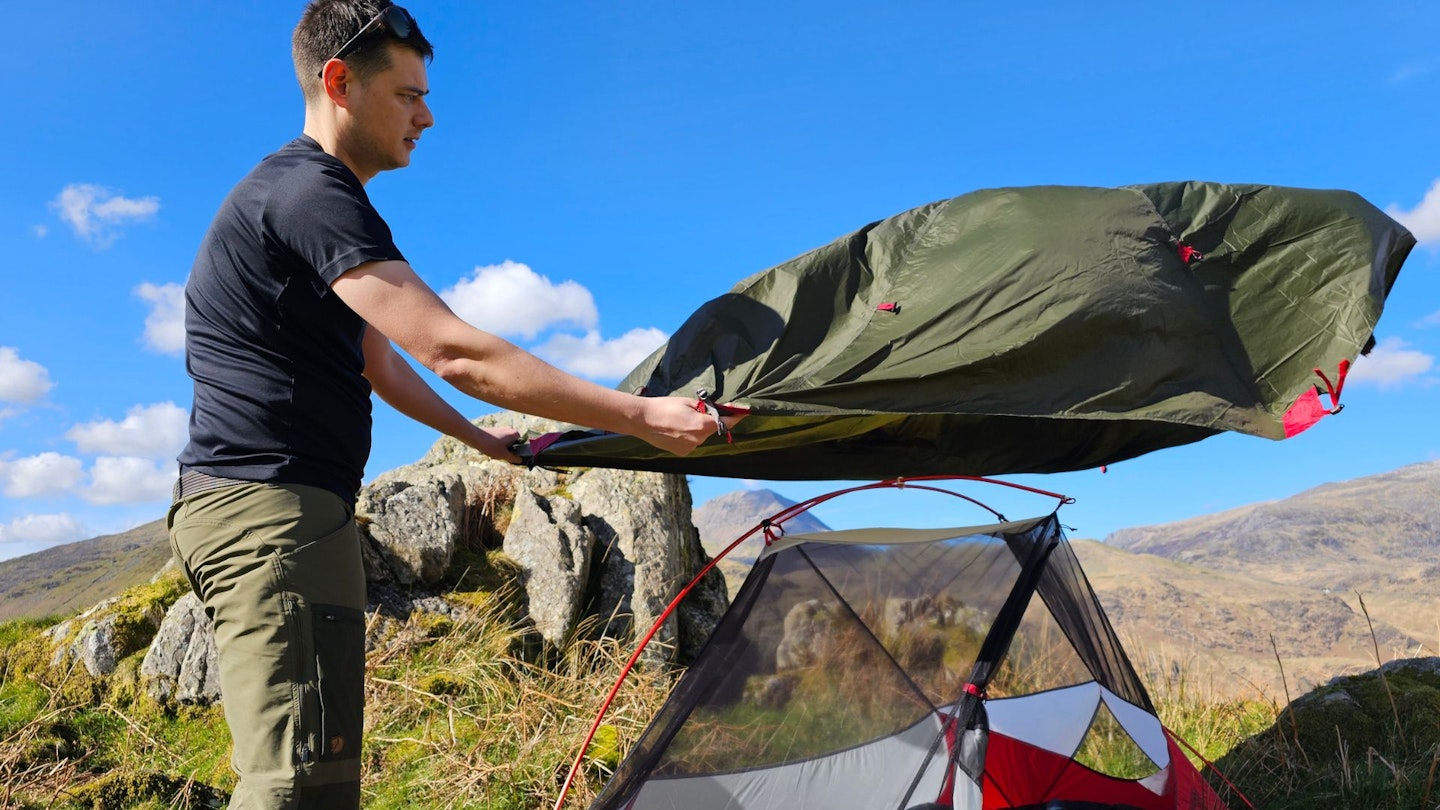
We borrowed a test sample of the MSR Hubba NX from the brand for several weeks, mainly wild camping in the hills and mountains of Eryri (Snowdonia). This included backpacking stretches of several classic long-distance trails such as the Snowdonia Slate Trail (Llwybr Llechi Eryri), the Cambrian Way (Taith Cambria) and the Snowdonia Way (High Route).
As well as individual product testing, this tent was pitched alongside the 5 other leading solo backpacking tents selected for our 2024 group test, enabling direct comparison of overall dimensions, space, weight, packed size, ease of pitching and other key features.
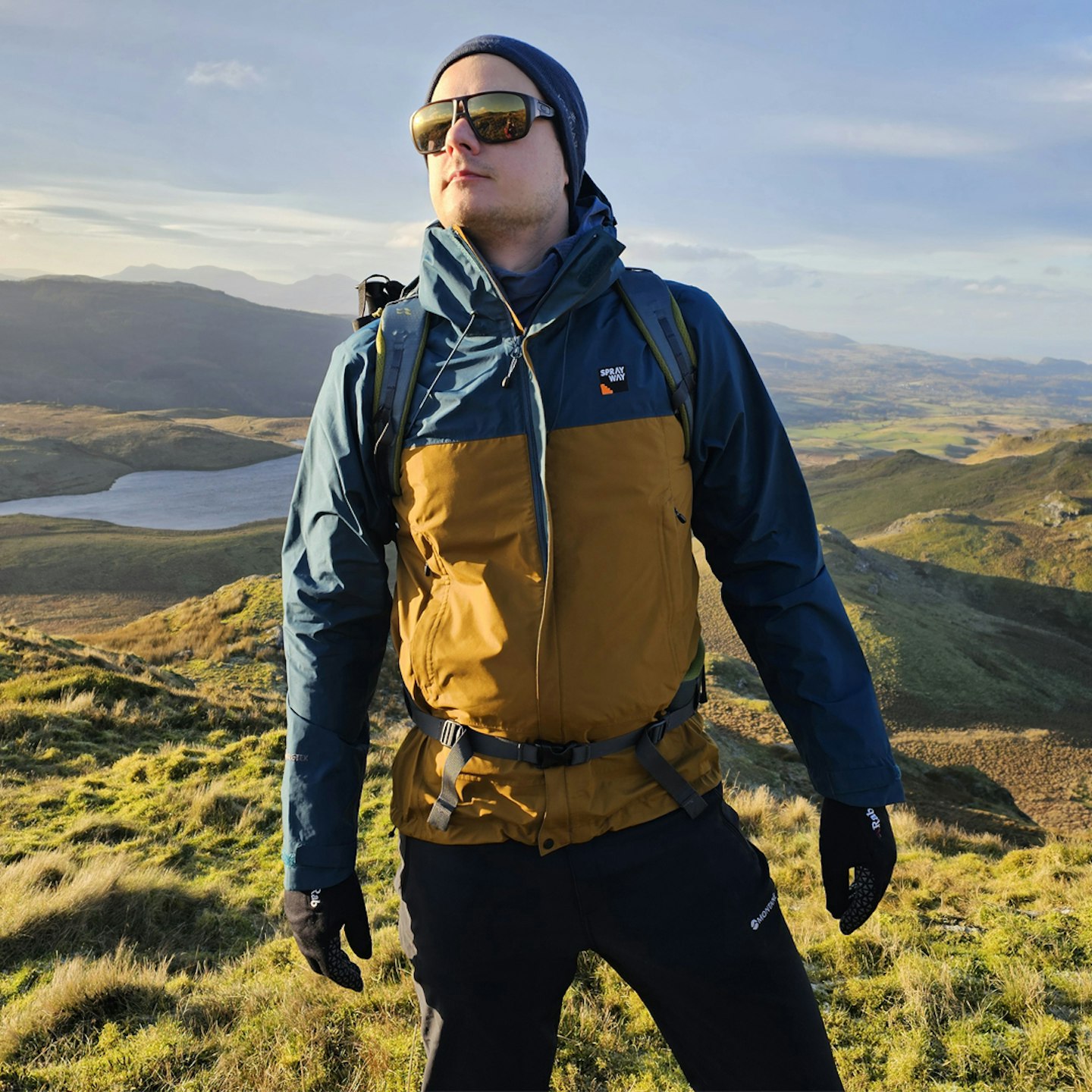
The reviewer was Matt Jones, one of Live For The Outdoors' and Trail magazine’s regular gear testers. Matt is an experienced wild camper, backpacker and long-distance walker. He’s completed numerous trails end to end in the UK, including the Pennine Way, the Cambrian Way, the West Highland Way and the Great Glen Way. He’s also hiked extensively in the US, Spain, Scandinavia and New Zealand.
